I had been planning to revisit the Musée d’Orsay for years, but I never came around to doing so. I had completely forgotten just how large it is and I was glad that I had scheduled an entire morning for my visit. As a matter of fact, half a day was not enough to visit the collection and the temporary exhibitions, it was just that after three hours I was tired and wanted to give my mind some rest.
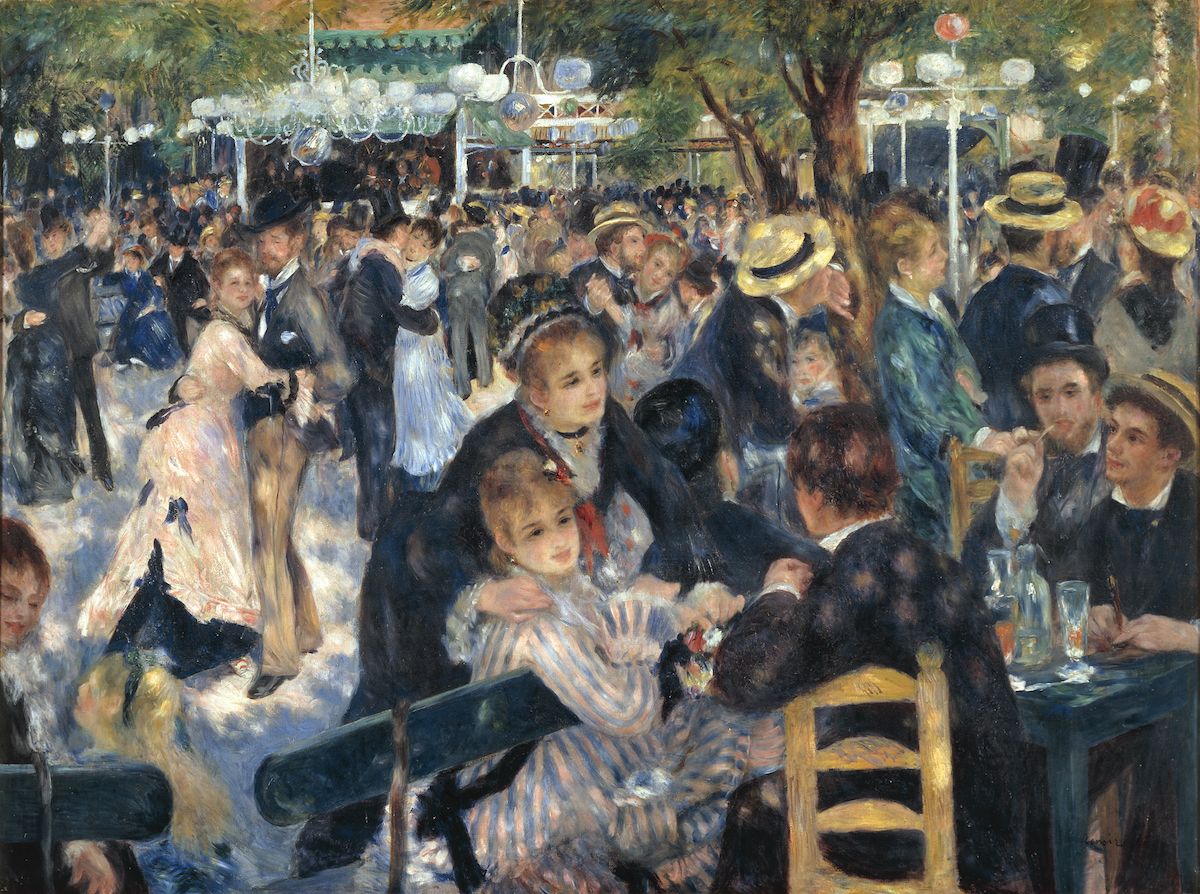
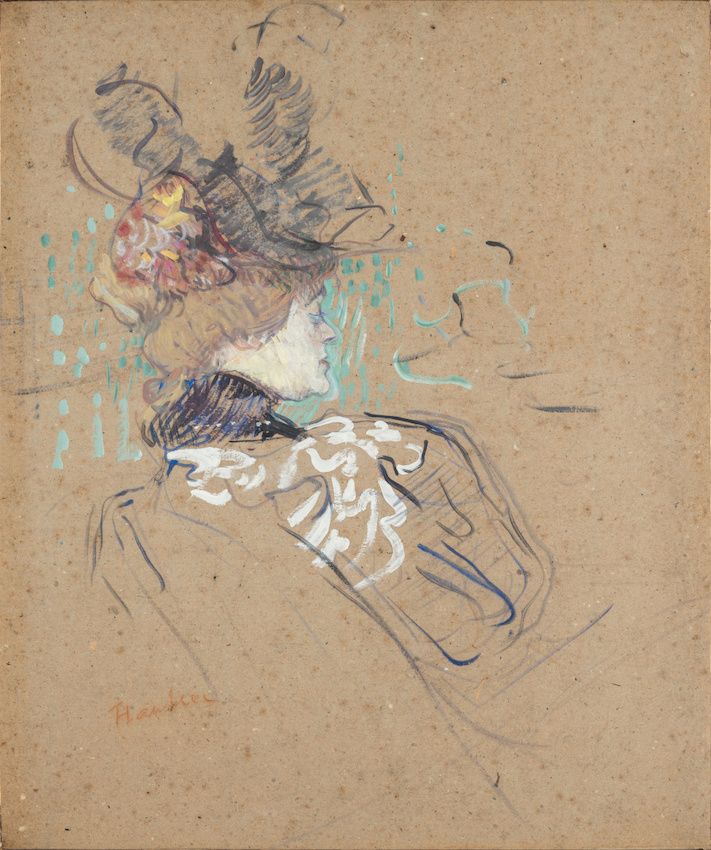
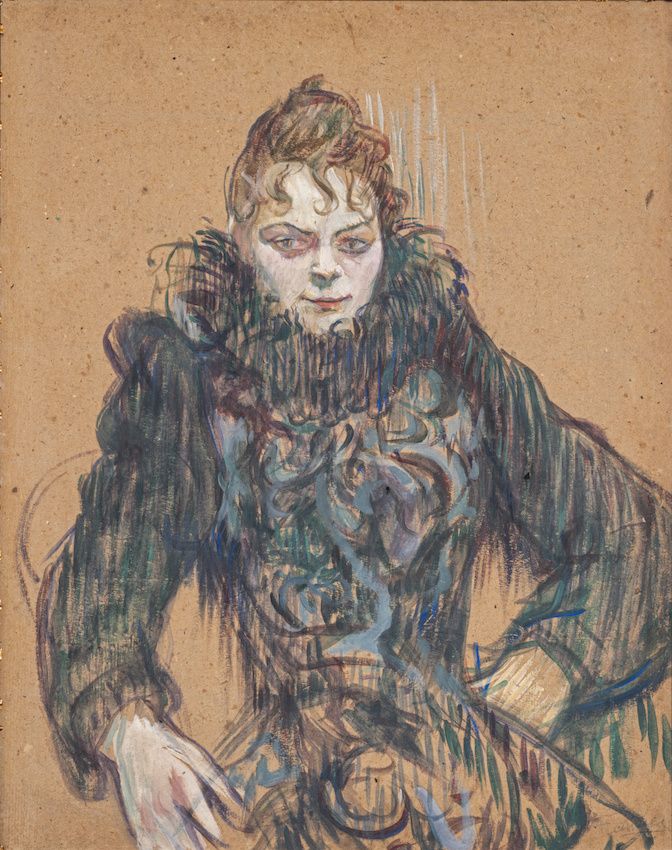
The Musée d’Orsay is home to many famous paintings by Courbet, Monet, Renoir, Manet, Cézanne, Gauguin, Degas and Van Gogh, not to forget Bonnard, Pissarro, Redon, Sisley, Vuillard, Seurat and Toulouse-Lautrec. Indeed, the collection of Van Gogh’s, while relatively small, is worth a visit alone. I was once again struck by how wonderful, how amazing Van Gogh is.
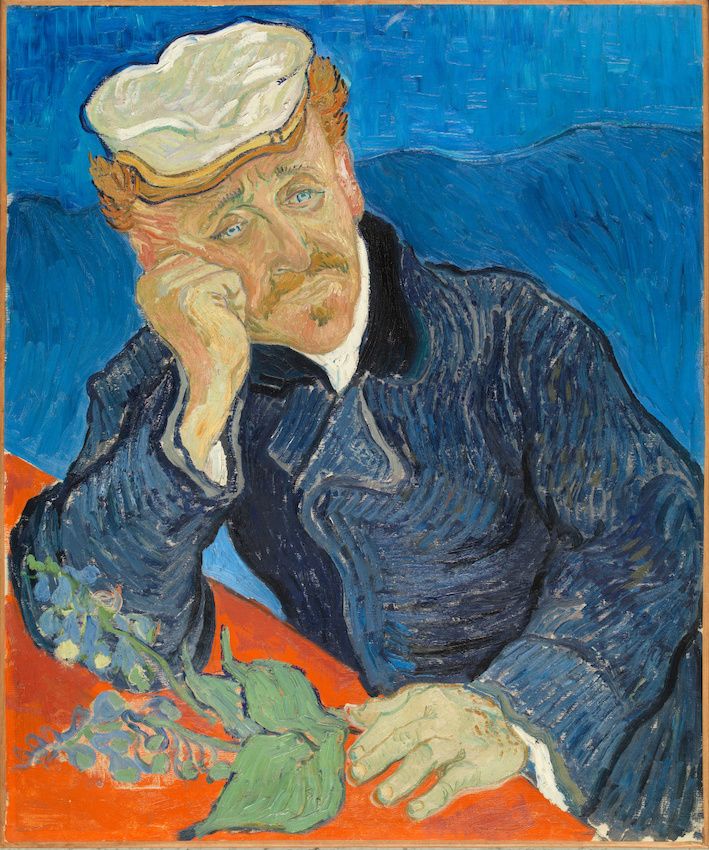
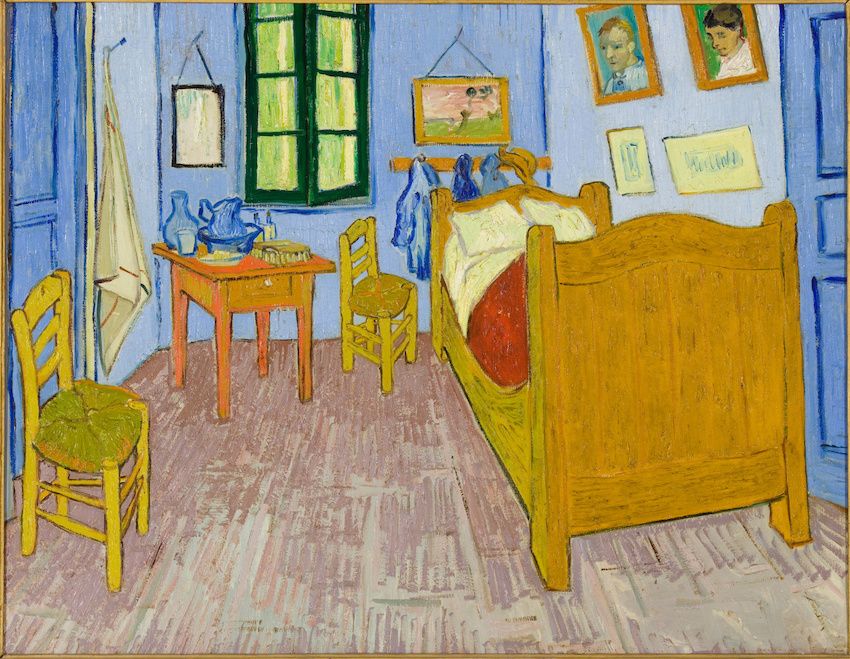
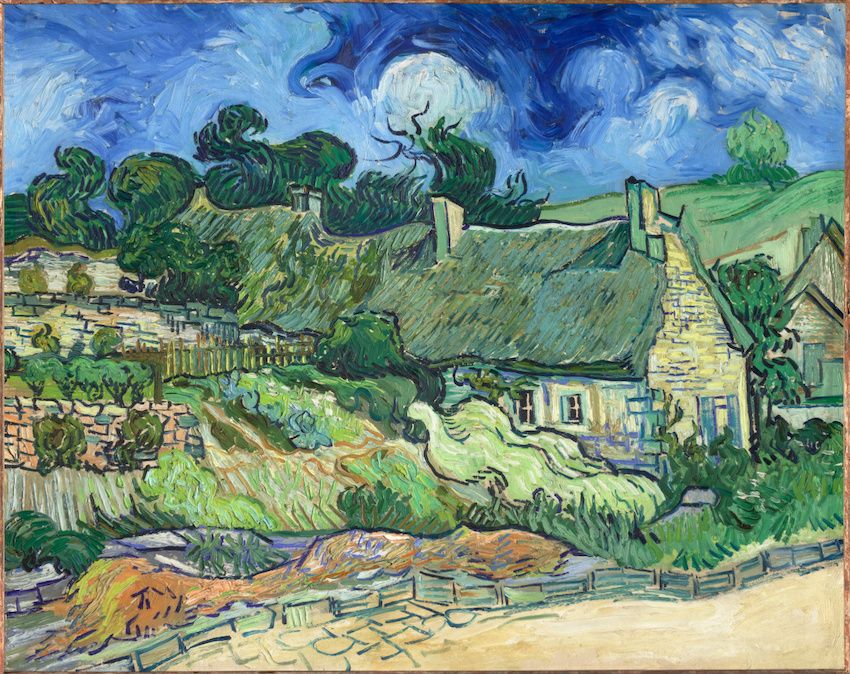
One of the joys of visiting a large museum like the Musée d’Orsay, the Louvre or the Metropolitan Museum of Art is discovering lesser known but interesting works of art. For example, I loved “Schneelandschaft” (1904) by Cuno Amiet. It is a figurative painting, in the sense that Amiet sought to represent a snowy mountain landscape with a solitary skier. But because the scene itself is near abstract the resulting painting is as well. I was also intrigued to discover that more than a century ago someone adopted the same composition as I myself sometimes like to do when photographing a landscape.
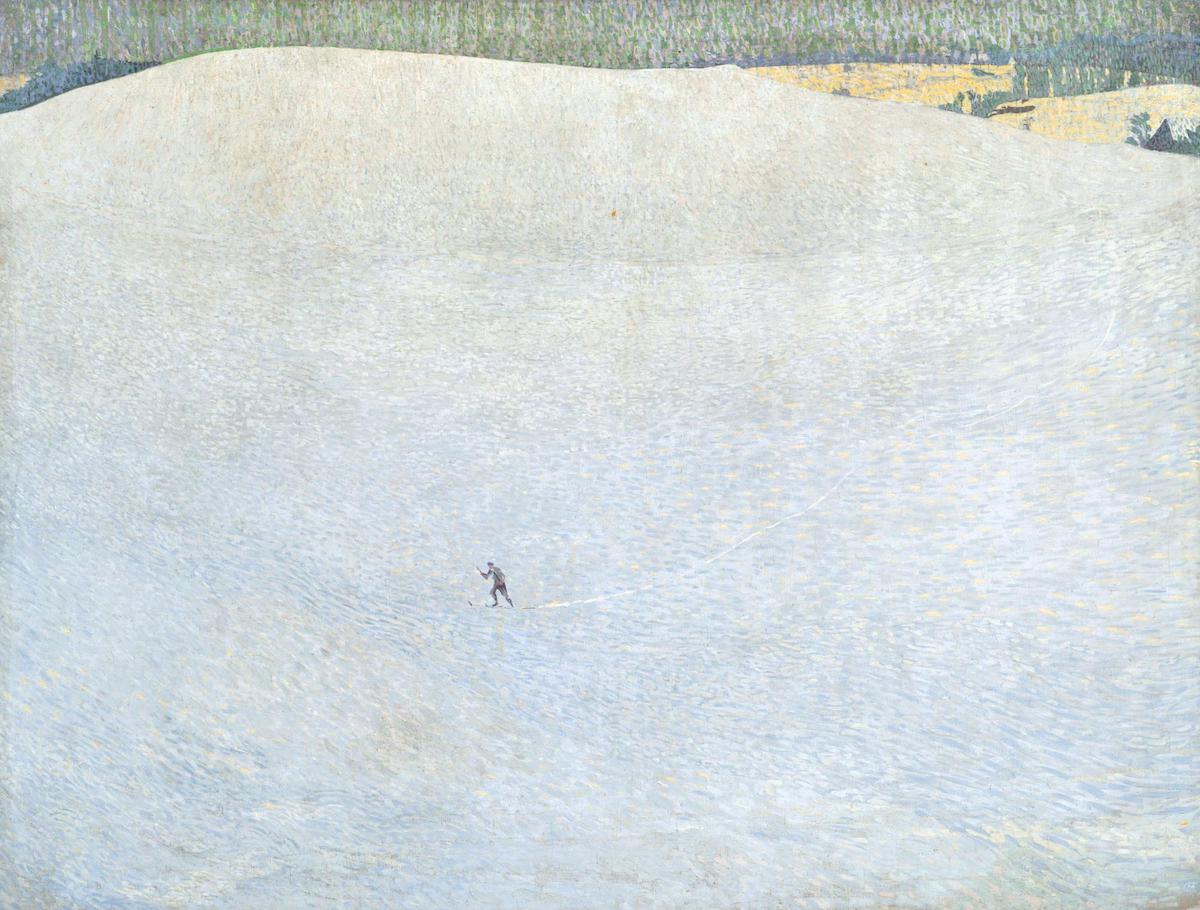
I’m not a big fan of William Bouguereau and French academicism, but it was fun to see the paintings that I would normally pass by, because they are so over the top. It is also interesting to contrast these paintings with impressionist and post-impressionist works.
I skipped the furniture collection and saved the two temporary exhibitions until last.
Paul Signac is best known as one of the principal practitioners of pointillism. Throughout his life he assembled an interesting collection of works by his friends and contemporaries, which forms the focus of one of the temporary exhibitions. Pointillism is one of the few art movements that I don’t get. Impressionism, yes. Fauvism, yes. Cubism, definitely. But pointillism? I just don’t get it. But “Modjesko, Soprano Singer” (1908) by Kees van Dongen, one of his signature fauvist paintings, on loan from the Museum of Modern Art, New York is great.
Another temporary exhibition took as its theme the interaction between cinema and the arts at the turn of the 20th century, but by that time I was so tired that I merely strolled through the various rooms. I wish I’d had some energy left to closely look at the material gathered for this exhibition. Perhaps I should have taken a break at one of the museum restaurants.